|
| OO Scale | N Scale | G Scale | Z Scale | HO Scale | Slot Cars & R⁄C |
| |||||||
|
|||||||
| Home Page | |||||||
| BUY GIFT VOUCHERS | |||||||
| Products | |||||||
| Latest News | |||||||
| RIGHT LINES | |||||||
| Bargains | |||||||
| Downloads | |||||||
| Events | |||||||
| Careers & Jobs | |||||||
| Carriage Services | |||||||
| About Us | |||||||
| Contact Us | |||||||
| Pay Us A Visit | |||||||
| Meet The Staff | |||||||
| Links | |||||||
| SHOPPING BASKET |
Your shopping basket is empty. To add an item, click the "Buy" button
| YOUR ACCOUNT | ||
|
||||
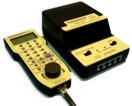 |
||||
| Prodigy Advance Digital System |
||||
| Cased Controllers |
||||
| Panel Mount Controllers |
||||
| Walkabout Controllers |
||||
| Modules & Transformers |
||||
| Scenics & Accessories |
||||
| Wiring & Electrical Components |
||||
| Tiny Signs | ||||
| Tools | ||||
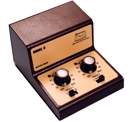 |
||||
| O Scale | Wargaming | Architectural | Narrow Gauge | Tools+ | ||
A History of Japanese Railways
Part 2

STUART JORDAN looks at the post-war recovery and modernisation of the railways in Japan.
In the last article we looked at how the railways developed in Japan – in this article we will see how they recovered from the destruction of the Second World War.
It took many years for the railways in Japan to recover, mainly due to a lack of materials and coal.
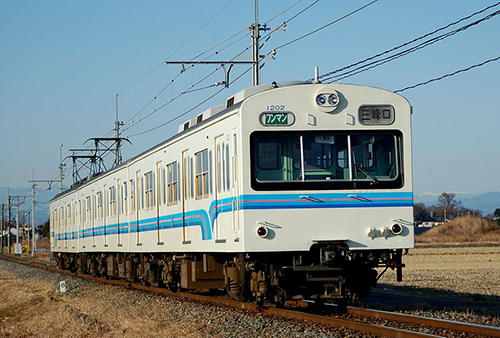
In 1949, under the control of the occupying US General HQ the Japanese Government Railways was reorganised into a state-owned public corporation – Japanese National Railways (JNR). During the 1950s a programme of electrification was undertaken, with the aim of phasing out steam which was completed in 1976. Japan eschewed the use of locomotive-pulled trains, with electric and diesel multiple units becoming far more common.
The 1960s were somewhat of a ‘Golden Age’ of railways in Japan, with limited expresses and night trains becoming more and more popular. The Tokaido Shinkansen, the world’s first high-speed line, was opened in 1964. It allowed passengers to travel from Tokyo to Shin-Osaka at speeds of up to 130mph. It was timed to be opened at the same time as the 1964 Summer Olympics in Tokyo, and now carries over 150 million passengers a year. The Shinkansen line and other bullet train routes have now becoming an iconic part of Japanese culture.
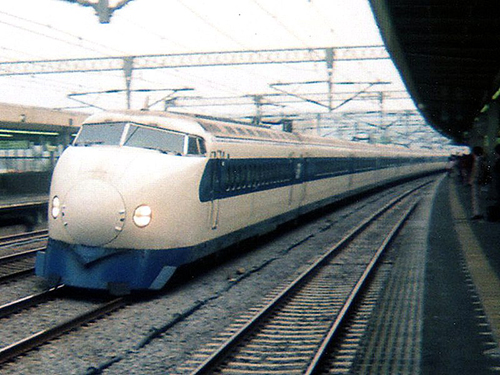
0 Series Shinkansen train.
Motorisation, or the rise in car use, now began to affect Japan much later than other countries. This lead to more space being required on the road, so many cities which had tram networks now built subways.
Commuting also increased, especially in the Greater Tokyo Area. To curb overcrowding in commuter trains the government introduced the Five Directions of Commuting Campaign. This identified the most heavily used routes into the city, and these routes were then improved – in some cases the number of parallel tracks were quadrupled.
However due to rising costs, partly caused by this campaign and the building of the Shinkansen, the railways became more and more in debt. JNR was privatised in 1987 and split into seven separate companies collectively known as the Japanese Railways Group. Now that the railways were a private concern again, many low-performing routes (mainly rural lines) were closed due to lowering passenger rate.
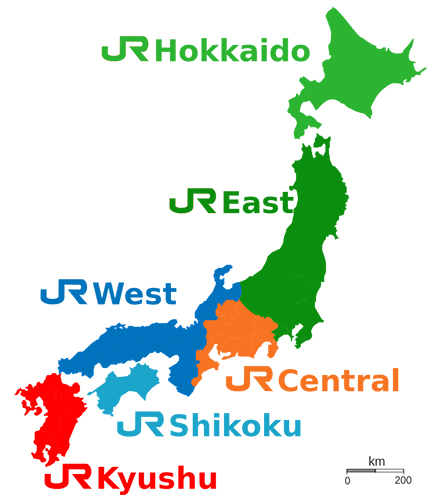
The technical innovation continued. The Kobe Port Liner, with its driverless trains, was the first mass-transport Automated Guideway Transit in 1981. The Seikan Tunnel was completed in 1988, and was the world’s longest railway tunnel until 2016 when the Gotthard Base Tunnel opened in Switzerland. Japanese engineers began experimenting with magnetic levitation (Maglev) trains, with the Linimo metro system in Aichi becoming the world’s first Maglev metro system when it opened in 2005. After several tests a main line Maglev train reached nearly 375mph in 2015.
All of this shows that despite wholesale destruction of the railway network in Japan during the Second World War, the railways bounced back with technical innovation at the forefront. Japan now has some of the most iconic and best regarded railways in the world.
Modelling Japanese Railways
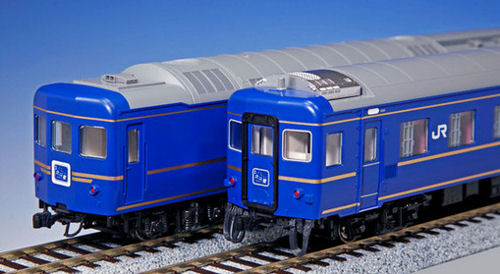
Kato produce Japanese outline locomotives, rolling stock, and scenery in HO and N Scales.
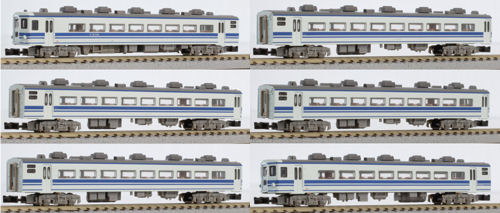
Rokuhan produce Japanese outline locomotives, rolling stock, and scenery in Z Scale.

Tomytec produce Japanese outline locomotives, rolling stock, and scenery in N Scale.
|
We are always looking to make improvements to our website to try and improve the quality of your visit. We would welcome your feedback and suggestions, so please do not hesitate to e-mail our webmaster with your comments. Alternatively call us on 01903 884488.
Home Cookies Privacy Statement Terms & Conditions Site Map Site Guide
WEEE Regulations Glossary Careers & Jobs
Tel – +44 (0) 1903 884488 Fax – +44 (0) 1903 884377 E-Mail us – click here
Gaugemaster.com is a trading name of Gaugemaster Controls Ltd.
Registered in England No. 2714470, Registered office:
Gaugemaster House, Ford Road
Arundel, West Sussex, BN18 0BN, United Kingdom
VAT Reg. No. 587 8089 71
Copyright © 2003-2014 Gaugemaster Controls Ltd. All Rights Reserved.


















